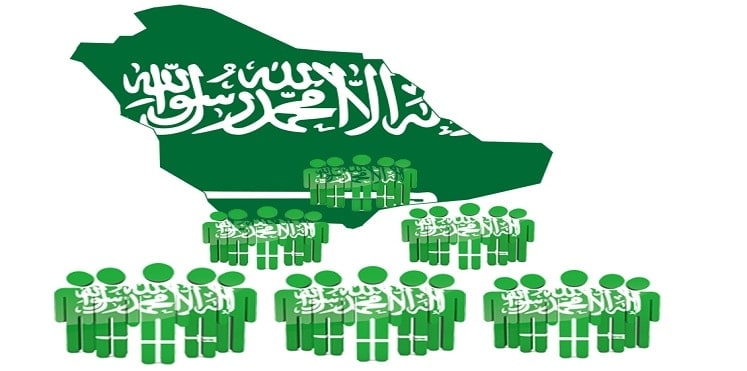

Saudization percentage among the total workforce in the Kingdom's private sector rose to 21.81 during the fourth quarter of 2020; as compared to 20.9 percent in the same quarter of 2019.
These statistical figures were revealed by the National Labor Observatory (NLO.sa) of the Human Resources Development Fund (HADAF). Saudis made up 19.81 percent of the total workforce during the year 2018; while it was 18.37 percent in 2017, 16.47 percent in 2016, and 17 percent in 2015.
According to the observatory; the number of Saudi subscribers from the private sector in the General Organization for Social Insurance (GOSI) in the fourth quarter of last year was 1,749,571 of the total subscribers; of whom 65.6 percent were males, and 34.4 percent were females.
The Eastern Province topped in the rate of Saudization with 25.3 percent; followed by Riyadh with 22.5 percent; Makkah region 21.4 percent; Madinah 19.2 percent; and Asir 17.6 percent.
Two years ago, HADAF launched the National Labor Observatory and the Saudi Labor Market Indices; with the objective of further boosting Saudization and regulating the labor market. The NLO.sa would contribute to the strategic transformation by providing data and information about the major topics pertaining to the labor market in the Kingdom.
The strategic objectives of the Observatory include the provision of accurate and reliable data to all stakeholders; supplying analysis and insights to business partners; building a network of experts and professionals to meet the challenges of the labor market, and to manage and disseminate knowledge.
The portal's operational goals are based on planning and improving data, ensuring data quality, developing labor market reports and indices, improving labor market metrics, providing analytical support to key stakeholders, providing development services to internal business partners, managing research projects, establishing a network of experts as well as specialists, collecting and storing data and products monitored by the observatory.
